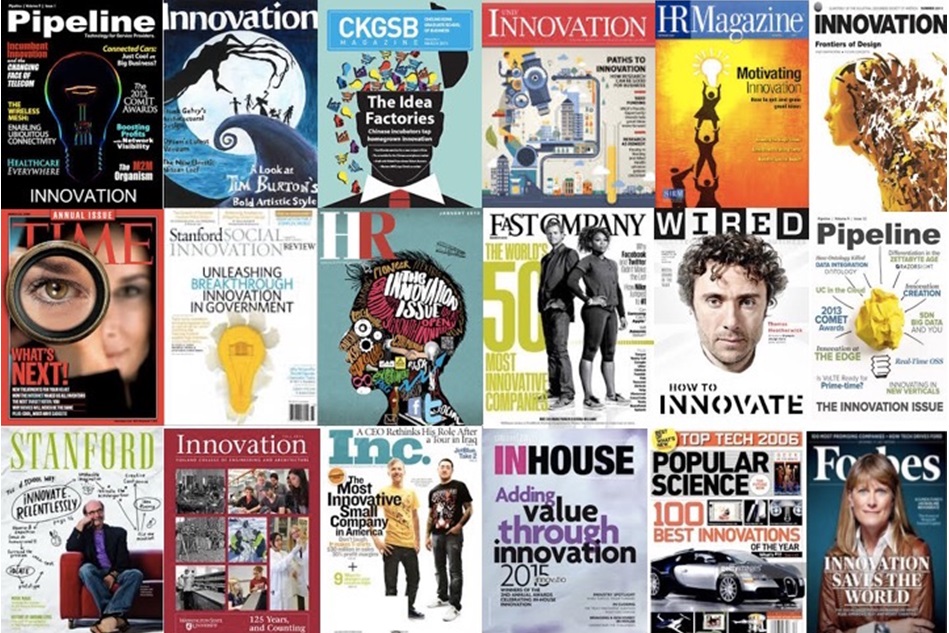It seems more obvious every day that man and machine are quickly assimilating. The transparency that’s inherent in technology will eventually destroy privacy. Automation will eventually eliminate the need for human labor. There’s a short window of time between then and now. We need a master plan for how we’ll manage the disruption that goes along with it.
Source: The funny things happening on the way to singularity | TechCrunch




